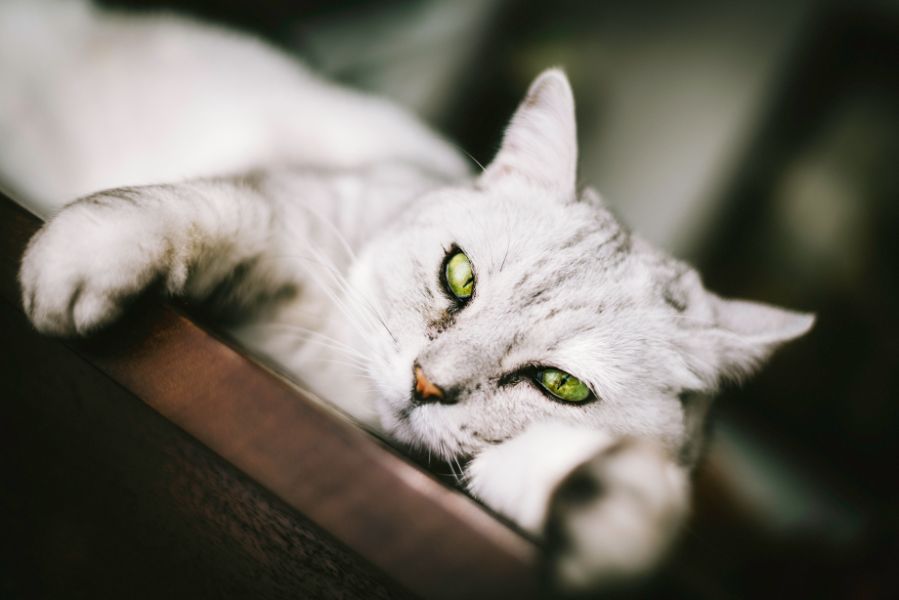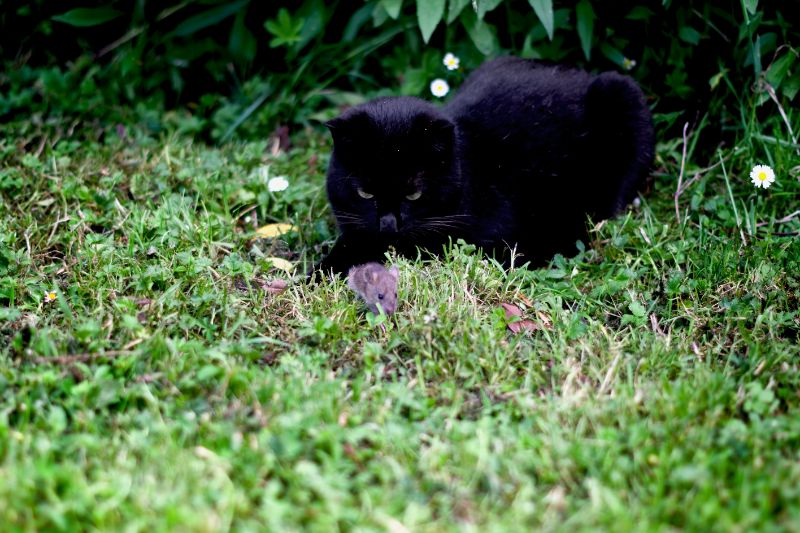Search Results for ‘anemia’
Anemia in Pets

Anemia is defined as a deficiency in the number of circulating red blood cells in the body. It is a relatively common health condition in humans – especially in women, due to low iron levels.
In pets, however, anemia is often the result of chronic disease, autoimmune disease, cancer, trauma or other medical condition.
Understanding Anemia
Red blood cells have no nucleus, DNA, or internal structures, but they serve a vital role in the body in that they contain hemoglobin, which is a protein that carries oxygen.
Continue…Pet-Safe Pest Control: Is It Possible?

No one wants to share the yard, garden or house with uninvited guests. While insects and rodents may be fine from afar, the minute they cross our threshold or create problems in our yard, we humans usually decide to take charge.
For some, the easiest approach to pest control involves the use of chemical treatments. Pet owners, on the other hand, have the added responsibility of using pet-safe pest control methods, both inside and outside of the home.
Continue…Like a Leaf: Reasons for a Shaking Dog

If only dogs could talk. All of us at Lone Tree Veterinary Medical Center would have so many questions for them!
Despite the language barrier, dogs still do communicate with us. By watching their body language and facial expressions, it is possible for us to see that our canine companions actually are saying something. When you observe a new behavior, pay attention, as it is just another way your pet could be telling you something you need to know. A shaking dog is a great example of this.
Continue…Don’t Get Burned: The Facts On Pets and Sunscreen

Like humans, pets can get sunburned. Having fur doesn’t make them completely safe. While their fur offers some protection, there are still good reasons to provide additional sunscreen and sun protection.
At Lone Tree Veterinary Medical Center, we’re happy to explain the ins and outs of pets and sun protection. And and tips on keeping your pet protected and comfortable while summer days in the sun.
Continue…Seizures in Pets: What You Need to Know

If you’ve ever witnessed a seizure in a pet, you know how scary it can be. Panic may set in as you wonder what is wrong with your furry companion and what you should or shouldn’t be doing.
Seizures in pets are one of the most commonly diagnosed neurological disorders, but that doesn’t make it any less frightening. Getting to the bottom of why your pet has had a seizure is the key to treating and preventing future episodes.
What is a Seizure?
Seizures are caused by abnormal bursts of electricity in the brain function, which causes involuntary muscle activity.
Continue…Holiday Foods That Are Dangerous for Your Pets

The holidays are a time of joy, celebration, and plenty of delicious food. However, many traditional holiday dishes can be dangerous for pets. It’s important to know which holiday foods are safe and which are not.
Continue…An Itch You Can’t Scratch: What to Do About Lice in Pets
 If you’ve ever had to deal with a case of head lice, whether on yourself or your child, you know how upsetting it can be. Besides the “ick!” factor, treating a case of lice is time-consuming, frustrating, and can lead to many missed days of school and work.
If you’ve ever had to deal with a case of head lice, whether on yourself or your child, you know how upsetting it can be. Besides the “ick!” factor, treating a case of lice is time-consuming, frustrating, and can lead to many missed days of school and work.
Just like no one wants to see lice on their child, discovering your pet has lice can elicit a similar response. The intense itching and scratching can make pets (and their owners) a bit crazy, and tackling the issue head on (no pun intended) is ideal.
But First, The Good News
Dealing with lice in pets is certainly not one of the more pleasant aspects of pet ownership. Fortunately, you don’t have to worry about catching the gruesome pests from your dog or cat. Lice are species-specific, meaning that they stick with one type of animal only. Cat lice can be transferred only to cats, dog lice only to dogs, and human lice only to humans. Phew! Continue…
My Pet Ate What? GI Obstruction in Pets
 Every pet owner knows how much pets enjoy food. Unfortunately, sometimes this love of chewing and swallowing can get our pets into trouble, particularly when they ingest something inedible causing a GI obstruction.
Every pet owner knows how much pets enjoy food. Unfortunately, sometimes this love of chewing and swallowing can get our pets into trouble, particularly when they ingest something inedible causing a GI obstruction.
In many cases, something a dog or cat ate will pass through the digestive tract with little to no trouble, but this is not always true. Any object can become lodged in a pet’s gastrointestinal (GI) tract (esophagus, stomach, or intestine), creating problems at any point along the way, including, the destruction of the area of the intestines where the foreign material is lodged. Continue…

